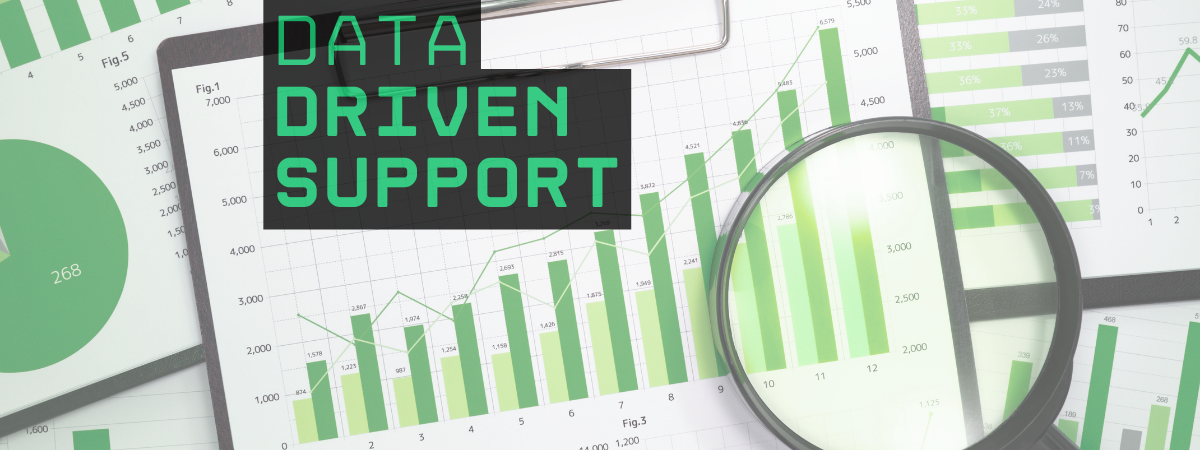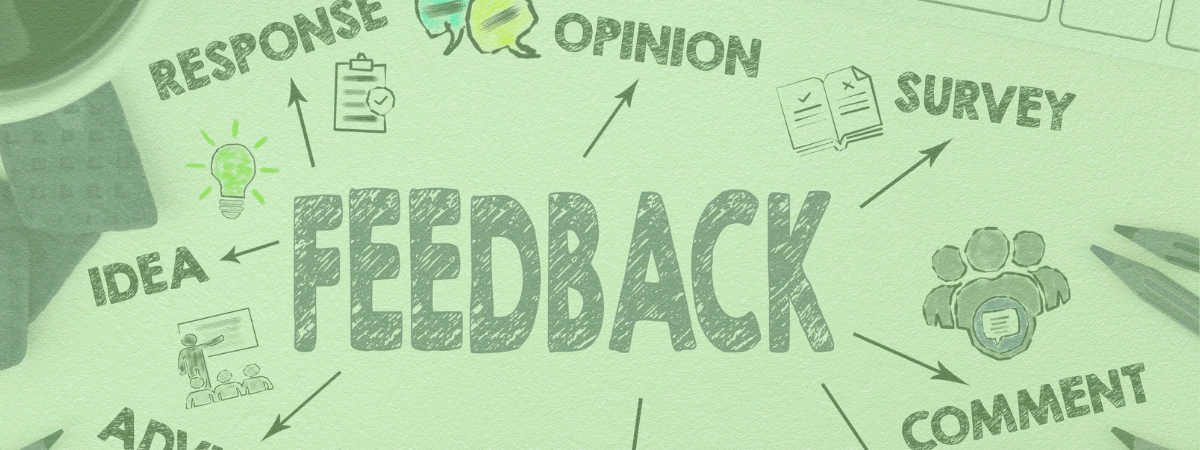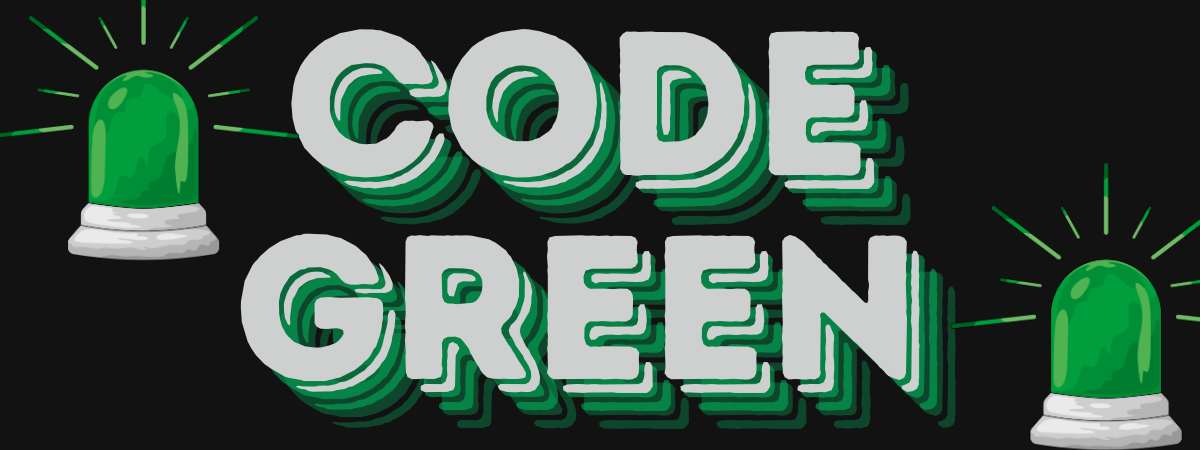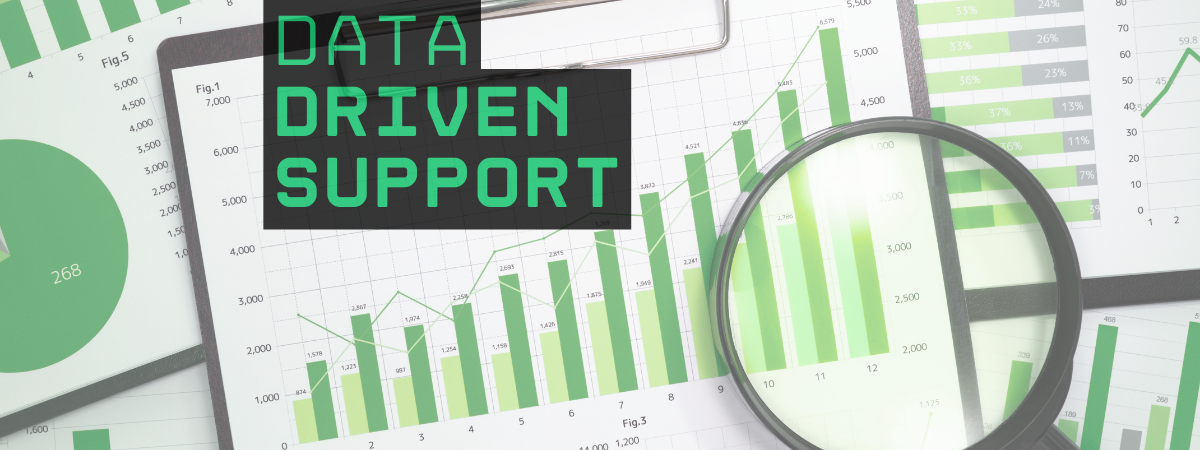Planning for the New Year Part 2: Optimization & Strategic Planning
Planning for the New Year: A Comprehensive Guide for Ecommerce Businesses
Part 2: Optimization and Strategic Planning
Want the full series? Here's the 5 part extravaganza: Part 1: Reflection & Planning Part 2: Optimization & Strategic Planning Part 3: Streamlining & Updating Part 4: Focus & Expand Part 5: Monitor & Adjust
Strategic planning is the foundation of a successful, adaptable business. In this second part of our five-part series, we’re diving into the steps that will help you create a roadmap for success in the coming year. From defining key initiatives to analyzing market trends, setting timelines, and assigning ownership, strategic planning ensures your efforts are focused, actionable, and aligned with your goals.
This blog is all about turning strategy into results. We’ll guide you through setting up actionable initiatives, using data to gain market insights, and structuring a plan that includes flexibility and accountability. Whether it’s launching new products, streamlining operations, or aligning your team around a unified vision, strategic planning lays the foundation for growth and sustained success. Ready to get started? Let’s go!
1. Strategic Planning
Strategic planning means outlining your initiatives, analyzing market trends, creating timelines, and assigning ownership. Here's how to tackle each step:
- Outline Initiatives: Define key projects that align with your business goals:
- Product Launches: New products should meet evolving customer needs.
- Marketing Campaigns: Plan campaigns that drive traffic and boost conversions.
- Operational Changes: Implement improvements that increase efficiency and cut costs.
- Analyze Market and Trends: Get a pulse on industry shifts, consumer behavior changes, and technological advances. Stay ahead by understanding customer preferences and studying competitor strategies. This helps you find gaps and opportunities for differentiation.
This structured approach helps align efforts with growth areas and adapt to market changes.
Create Timeline
Map out a clear timeline with milestones and deadlines to ensure your initiatives stay on track. Break large projects into manageable phases, prioritize tasks, and build in flexibility to handle the unexpected.
Assign ownership
The final step in strategic planning is assigning ownership of tasks to team members. Make sure your team knows exactly what they’re responsible for:
- Match tasks to the right team members based on their strengths.
- Set clear deadlines and expectations.
- Provide the tools and support needed to succeed.
- Keep checking in to make sure everyone stays on track and aligned with your goals
2. Marketing Strategy
Review current strategies
To build a winning strategy, start by reviewing your current marketing efforts to identify strengths and opportunities for improvement.
- Performance Analysis: Compare your current marketing against KPIs and objectives.
- Target Audience Refinement: Use new data to update audience profiles.
- Adjustments and Optimizations: Tweak strategies to align with fresh insights and market shifts.
Early review helps you stay agile and adapt quickly as conditions change.
Seasonal Promotions
Next, map out your marketing around key shopping events to maximize impact.
- Map the Calendar: Identify major holidays and retail events like Valentine’s Day, Mother’s Day, Father’s Day, Prime Day, Back to School, Black Friday, and Cyber Monday.
- Tailor Campaigns: Customize promotions (e.g., holiday gift bundles or back-to-school discounts).
- Align Messaging: Ensure your messaging is on-point with the season’s trends.
A well-timed seasonal strategy keeps your brand relevant and top of mind during peak shopping periods
Content Marketing
Create content that speaks to your audience’s needs, keeps them engaged, and helps convert leads into customers.
- Diverse Formats: Use blogs, videos, infographics, and social media to reach different segments.
- Customer-Centric Topics: Focus on educational content, product guides, and industry insights.
- Consistent Branding: Ensure your content reflects your voice and visual identity.
- Engagement Focus: Use interactive content like polls or Q&A to spark participation.
Strong, customer-focused content drives traffic, engagement, and conversions.
Loyalty and Referral Programs
If you’re not already using them, loyalty and referral programs are a must. They strengthen relationships with existing customers and drive new ones.
- Loyalty Programs: Reward repeat purchases with points, discounts, or exclusive perks. Offer personalized rewards and consider tiered systems for high-value customers.
- Referral Programs: Encourage customers to share your brand with others by offering discounts or free products for successful referrals. Promote your programs across email, social media, and your website.
These programs are a great way to build customer loyalty and grow your brand through word-of-mouth.
3. Optimize product offerings
Product Expansion Opportunities
Don’t overlook your products—now is the time to optimize your offerings. Take a close look at your product line and see where you can expand or improve.
- Trend Research: Keep an eye on industry reports and customer feedback to spot gaps in the market.
- Customer Feedback: Use surveys and reviews to understand what your customers want.
- Testing Ideas: Try launching limited-edition or small-scale products to test demand before going all in.
- Synergistic Offerings: Look for opportunities to cross-sell and add complementary items to your lineup.
Aligning with trends and customer preferences helps boost revenue and strengthens customer loyalty.
Content Refresh
To keep your product offerings fresh, update your content and visuals on the website.
- Product Descriptions: Highlight key benefits, address pain points, and include new features.
- Visuals: Update photos and videos, using high-quality lifestyle shots or 360-degree views.
- SEO: Optimize tags, meta descriptions, and alt text to improve discoverability and rankings.
A content refresh boosts engagement and improves SEO, making your products easier to find.
4. Inventory Optimization
Optimizing inventory is essential for profitability. Focus on high-margin products and reduce slow-moving items.
- Forecast Demand: Use historical data and trends to predict what you’ll need.
- Clear Out Slow Movers: Discount or discontinue low-performing products to free up space for more profitable ones.
- Manage High-Margin Products: Invest in your top-performing items to maximize ROI.
This approach keeps cash flow healthy and prevents overstocking or stockouts.
A solid strategic plan is the foundation for success in the coming year. By defining initiatives, analyzing market trends, refining your marketing, optimizing products, and managing inventory, you position your business to grow and thrive. Align your efforts with market demands, customer preferences, and operational efficiencies, and you’ll create a framework for long-term success. With these strategies in place, you’ll be ready to navigate challenges and seize new opportunities in 2025.
Trust us, you’re gonna want this in your inbox.
Join the Irish Titan sphere of influence. We'll send a couple emails a month. No trash, no spam, just the shenanigans we get up to.
More reads





More from Ecommerce...

Code Red: Your Last-Minute Holiday E-commerce Toolkit. You're a bit late to the holiday planning party, and the Black Friday/Cyber Monday rush is right around the corner. But don't panic—the most c

When customers reach out, they’re not just asking for help — they’re handing you raw data on how your business is doing. Every ticket, DM, or email carries insight into what’s working, what’s confusing, and where you can improve. The challenge? Making sure none of that feedback slips through the cracks.

Customer support will always matter — but here’s the truth: most customers would rather not need it at all. They don’t want to wait in a chat queue or refresh their inbox for an answer. They want solutions, fast. That’s the philosophy behind “the best service is no service” — when customers can solve problems themselves, everyone wins.
